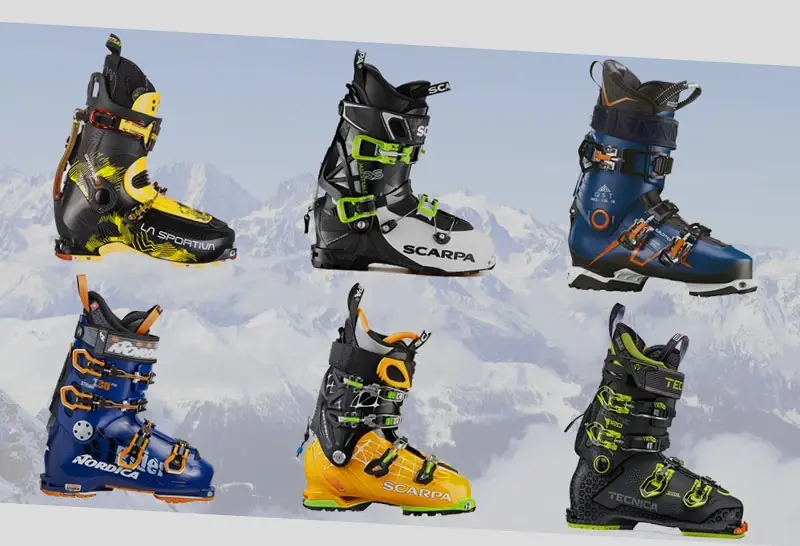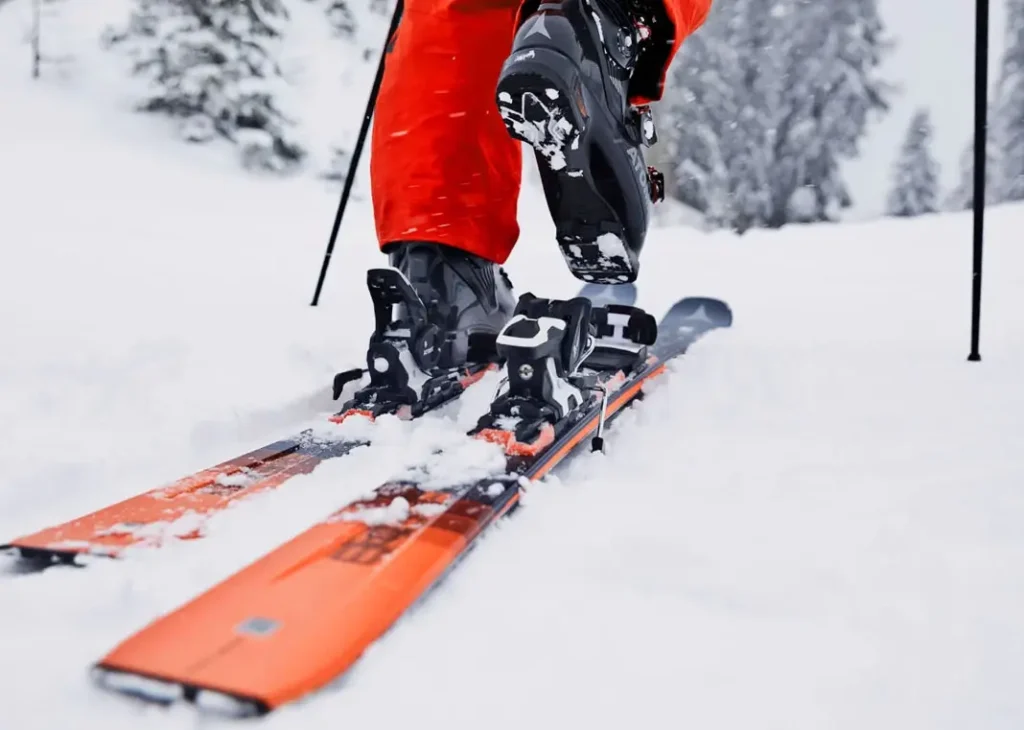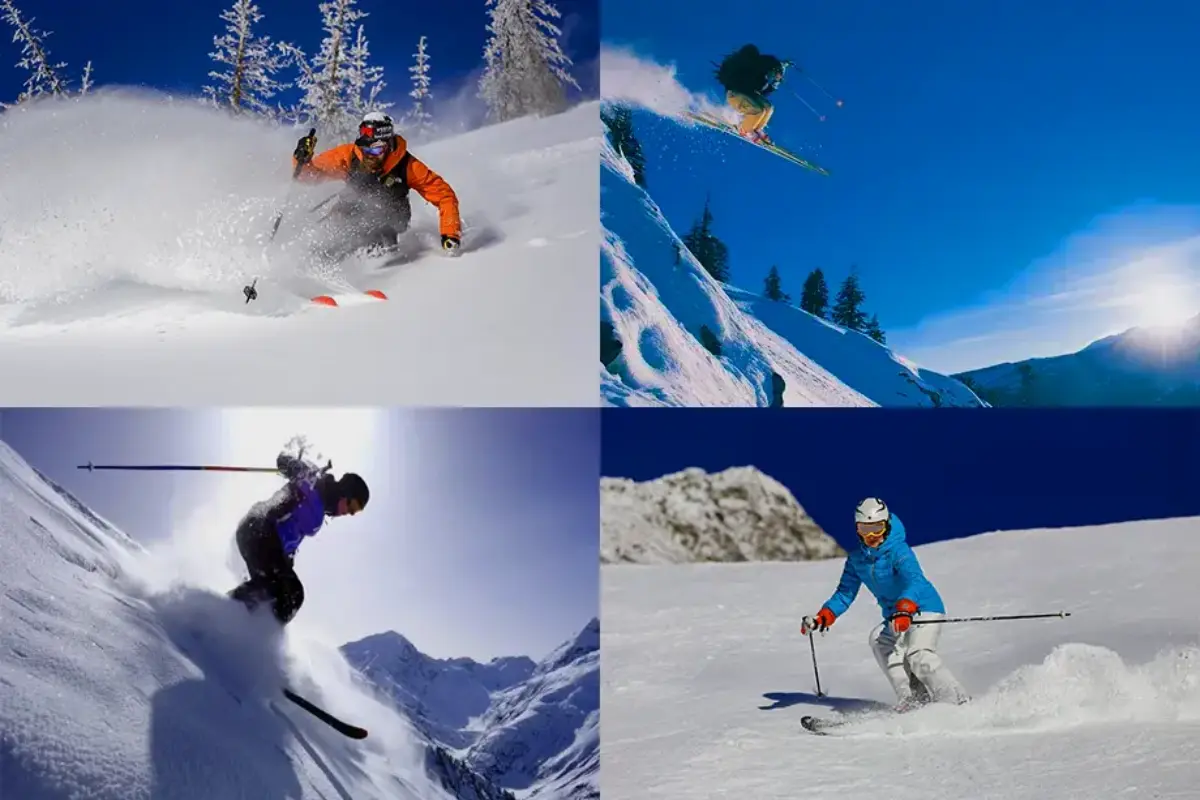How to Choose the Right Ski Gear: A Comprehensive Guide for Every Skier
Selecting the right ski gear is essential for a safe and enjoyable experience on the slopes. Whether you’re a beginner or an advanced skier, the right equipment can make a huge difference in your performance and comfort.
Key Factors for Choosing Ski Gear
Before heading to the store, it’s important to consider several key factors:
- Skill Level
Are you a beginner, intermediate, or advanced skier? Your skill level influences the type of equipment you should choose. - Type of Skiing
Alpine skiing, freeride, freestyle, or cross-country skiing — each type requires specific equipment. - Physical Attributes
Height, weight, age, and physical condition will help determine the appropriate size and stiffness of your skis and boots.
“Investing in quality ski gear not only enhances your performance but also ensures your safety and comfort on the slopes.”
Everything You Need to Know About Ski Rentals at Hunter Mountain can be found at: https://comfort-ski.com/ski-equipment-rent/
How to Choose Skis
Choosing the right skis is the first and most crucial step. The length, stiffness, and shape of the skis will affect how easy it is to control them on different slopes.
Key Parameters for Choosing Skis:
- Ski Length
The optimal length depends on your height and skill level. For beginners, the skis should reach your chin. More experienced skiers can opt for longer models. - Stiffness
Softer skis are easier to handle and ideal for beginners or those who prefer a leisurely pace. Stiffer skis are designed for advanced skiers who need precise control at high speeds. - Width
Narrow skis are better for groomed runs, while wider skis are suitable for deep snow or off-piste skiing.
“Good skis are a long-term investment that will pay off with years of comfortable and enjoyable skiing.”
How to Choose Ski Boots

Ski boots are the most important link between you and your skis. The right choice of boots affects both comfort and safety.
Key Considerations for Ski Boots:
- Size
Boots should fit snugly but not be too tight. It’s best to try them on with thin socks to account for the thickness of ski socks. - Flex (Stiffness)
For beginners, boots with a flex rating of up to 80 are suitable. Advanced skiers often prefer boots with a flex rating of 100 or higher. - Last (Width)
The width of the boots should match the shape of your foot. The standard width is around 100 mm, the narrow width is 98 mm, and the wide width is 102 mm and above.
“Don’t skimp on ski boots, as they are crucial for keeping your feet comfortable and supported throughout the day.”
How to Choose Ski Poles
Ski poles help maintain balance and set the rhythm of your movement.
Key Criteria for Choosing Ski Poles:
- Length
Poles should reach up to your armpits or chest. The optimal length can be calculated by multiplying your height by 0.7. - Material
Aluminum poles are lightweight and durable, ideal for beginners. Carbon poles are more expensive but lighter and more durable, recommended for advanced skiers. - Grip and Strap
The grip should be comfortable, and the strap should fit snugly around your wrist without restricting movement.
Protective Gear and Accessories

Protective gear is not only about safety but also about confidence on the slopes.
Essential Protective Gear:
- Helmet
A must-have for all skiers. Choose a helmet that fits snugly, without being too tight or loose. - Goggles
Goggles protect your eyes from sun, wind, and snow. Pay attention to the quality of the lenses and the level of tint. - Back Protector
Especially important for those who enjoy freeriding or freestyle skiing. Choose a protector that fits your body shape and size. - Gloves and Thermal Socks
It should be warm and waterproof to keep you comfortable in various weather conditions.
How to Choose Gear for Beginner Skiers
Beginners should opt for softer skis and boots with lower stiffness. This will make it easier to master basic techniques and reduce stress on the legs.
Tips for Beginners:
- Rent equipment before buying to get a feel for what works best for you.
- Look for beginner ski packages that include skis, boots, and poles.
- Visit a specialized store where experts can assist you in making the right choice.
“Ski gear is your personal gateway to the world of winter sports. Choose wisely and enjoy every moment on the slopes.”
Tips for Taking Care of Your Ski Gear
Proper care of your ski gear will ensure it lasts for many seasons to come:
- Regular Waxing
Apply wax to the base of your skis to keep them smooth and easy to maneuver. - Proper Storage
Store skis in an upright position in a cool, dry place. Avoid direct sunlight or proximity to heating devices. - Cleaning Boots
Remove snow and dirt from your boots after each use. Allow them to dry at room temperature.
“Well-maintained gear means more time on the slopes and less time dealing with equipment issues.”
Conclusion
Choosing the right ski gear is a crucial process that requires attention to detail. The right skis, boots, and accessories will provide you with comfort, safety, and an unforgettable skiing experience. Take your time with your purchase, try different options, and consult with experts if necessary.
“Winter sports are not just about adrenaline and thrill; they are also an opportunity to enjoy nature and fresh air. Make your experience comfortable and safe by choosing the right gear!”
Now that you know how to choose the right ski gear, you’re ready to hit the slopes and enjoy the winter season!
FURTHER READING







